Gold Fever Grips Market: Understanding the Surge as Prices Hit New Highs
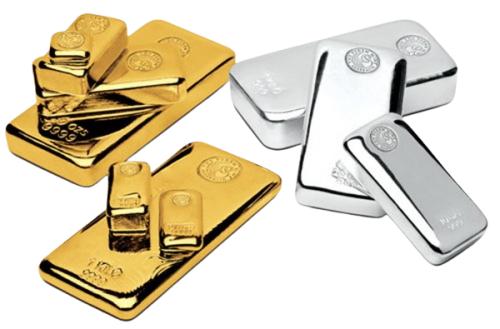
As the world dances on the precipice of economic
uncertainty, one timeless asset is reclaiming its throne—gold. With prices
soaring to unprecedented heights, investors and collectors alike are caught in
a whirlwind of "gold fever." From Wall Street traders to everyday
savers, everyone seems to be scrambling for their piece of this glittering
treasure. But what’s fueling this dramatic surge? Is it fear, speculation, or
something more profound? In today’s blog post, we’ll delve deep into the
factors driving gold's meteoric rise and explore what it means for your
investment strategy. Buckle up; it's time to uncover the golden opportunity
lurking beneath these shiny surface trends!
Introduction to the current state of the gold market
Gold fever is sweeping through the markets, igniting the
interest of investors and casual onlookers alike. As prices soar to new
heights, many are left wondering what’s behind this shiny surge. Is it a safe
haven in uncertain times or just another bubble waiting to burst? With
headlines buzzing about record-breaking gold rates, there’s never been a more
captivating moment to dive into the intricacies of this precious metal's market
dynamics. Let's explore what's fueling this frenzy and whether it's time for
you to consider adding gold to your investment portfolio.
What is causing the surge in gold prices?
Recent surges in gold prices have captured the attention of
investors worldwide. Several factors are driving this remarkable trend.
Firstly, inflation concerns loom large. As central banks
increase money supply to stimulate economies, many fear that rising prices will
erode purchasing power. Gold often serves as a hedge against such inflationary
pressures.
Secondly, geopolitical tensions play a significant role.
Events like conflicts or trade disputes push investors toward safe-haven assets
like gold. Uncertainty breeds demand for stability during turbulent times.
Additionally, changes in interest rates can influence market
dynamics. Lower interest rates make holding non-yielding assets like gold more
attractive compared to interest-bearing investments.
Lastly, increased demand from emerging markets is
noteworthy. Countries with growing middle classes are investing more in gold
jewelry and other forms of bullion, further amplifying its allure on the global
stage.
The role of global economic and political factors
Global economic and political factors play a crucial role in
influencing gold prices. Economic uncertainty often drives investors toward
safe-haven assets like gold. When stock markets are volatile, people look for
stability.
Geopolitical tensions also create ripples in the gold
market. Conflicts, trade wars, and diplomatic disputes can lead to increased
demand for physical gold as a hedge against instability.
Central banks around the world contribute to price dynamics
too. Their policies on interest rates directly impact investor sentiment
towards gold. Lower rates typically diminish yields on other investments,
making gold more attractive.
Currency fluctuations add another layer of complexity. A
weaker dollar usually boosts gold prices since it makes purchasing the metal
cheaper for foreign buyers.
All these interconnected elements shape the landscape of the
precious metals market significantly, creating conditions ripe for both
opportunity and risk.
Historical trends and patterns in the gold market
The gold market has always been a fascinating reflection of
economic sentiment. Historical trends reveal that during times of uncertainty,
investors flock to this precious metal as a safe haven.
In the 1970s, for instance, gold prices surged dramatically
due to inflation and geopolitical tensions. This period marked a pivotal shift
in how people viewed gold—transforming it from mere jewelry into an essential
asset for protection against currency devaluation.
Fast forward to 2008, when the global financial crisis
ignited another price spike. Investors sought refuge in gold as stock markets
plummeted and economies faltered.
Moreover, seasonal patterns often influence buying behavior.
Wedding seasons and festivals in countries like India can drive demand
significantly, affecting global prices temporarily.
Understanding these historical movements helps investors
grasp potential future behaviors without being swayed by momentary fluctuations
or media hype surrounding current events.
How to invest in gold: traditional methods vs. modern
alternatives
Investing in gold can take many forms, each with its own
advantages and drawbacks. Traditional methods typically involve purchasing
physical gold—like coins or bars. This tangible asset is appealing for those
who value holding their investments directly.
On the other hand, modern alternatives offer a different
approach. Gold exchange-traded funds (ETFs) allow investors to buy shares that
represent ownership in gold without the hassle of storage or security concerns.
Another option is digital gold platforms, where you can
invest small amounts online and own fractions of physical gold stored securely
by trusted institutions.
Both paths have their merits; traditional methods give a
sense of security while modern options provide convenience and liquidity.
Understanding your investment goals will help determine which method suits you
best as the market evolves.
Potential risks and drawbacks of investing in gold
Investing in gold can seem like a safe haven, but it comes
with its own set of risks. Unlike stocks or bonds, gold doesn’t generate
income. You won’t see dividends or interest payments adding to your investment.
Market volatility is another concern. Gold prices can swing
dramatically based on global events and investor sentiment. These fluctuations
may not align with your financial goals.
Additionally, there are storage and insurance costs for
physical gold. Keeping your investment secure often incurs extra expenses that
can eat into profits over time.
Liquidity can also pose a challenge. Selling gold isn’t as
straightforward as selling shares; it may take time to find buyers willing to
pay the price you want.
Lastly, beware of scams targeting inexperienced investors
drawn by rising prices—doing thorough research is essential before committing
any funds.
Expert insights and advice on navigating the volatile
market
Navigating the volatile gold market requires a keen
understanding of both macroeconomic trends and personal investment goals.
Experts suggest staying informed about global events that can impact prices,
like geopolitical tensions or economic policy shifts.
Diversification is key. Instead of putting all your eggs in
one basket, consider various forms of gold investment—jewelry, bullion, ETFs, or
mining stocks. Each option has its unique benefits and risks.
Timing matters as well. Many analysts recommend dollar-cost
averaging to mitigate risk during price fluctuations. This strategy involves
investing a fixed amount regularly rather than trying to time the market
perfectly.
Finally, consult with financial advisors who specialize in
precious metals before making significant investments. Their insights can help
tailor strategies that align with your financial landscape while navigating
uncertainty effectively.
Conclusion: Is now a good time to invest in gold?
As gold prices surge to new heights, many investors find
themselves wondering if this is the right moment to enter the market. The
allure of gold has always been strong, especially during uncertain times, and
current economic conditions only amplify its appeal.
A careful analysis reveals that while gold can be a hedge
against inflation and currency fluctuations, it also carries inherent risks.
Market volatility can lead to significant price swings, making timing crucial
for potential investors. Understanding your risk tolerance and investment goals
is vital before jumping in.
Experts suggest staying informed about both global economic
trends and geopolitical events as they play pivotal roles in shaping the future
of gold prices. Keeping an eye on expert predictions related to the “gold rate
forecast” might provide additional insights into when or how much to invest.
Whether you choose traditional methods like buying physical
bullion or explore modern alternatives such as ETFs or digital currencies tied
to gold will depend on your individual preferences and financial strategy.
Investing in gold could serve as a diversification tool
within your portfolio but requires thorough research and planning. Consider all
variables carefully; after all, investing isn’t just about seizing
opportunities—it's about making informed decisions for long-term stability.
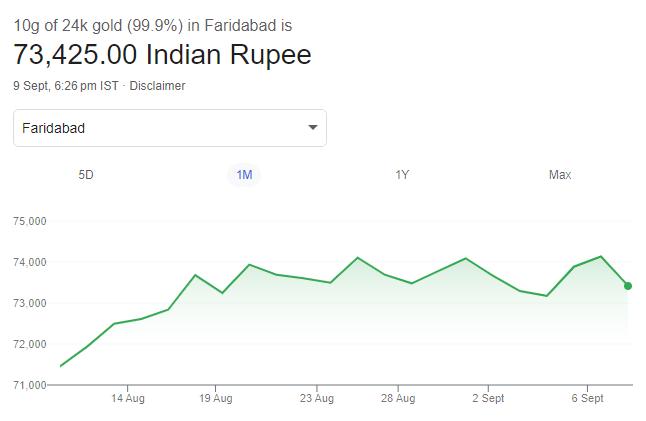
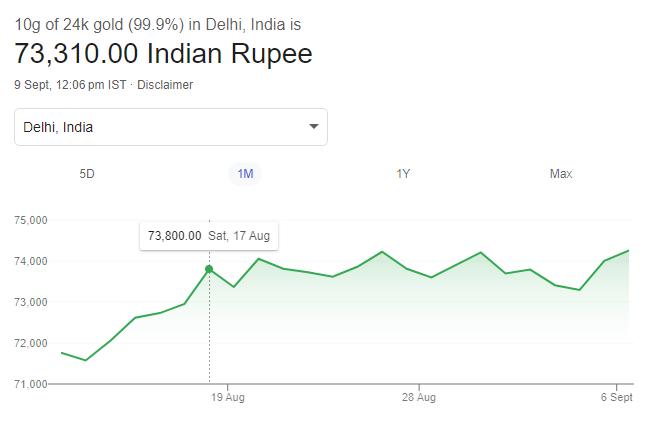
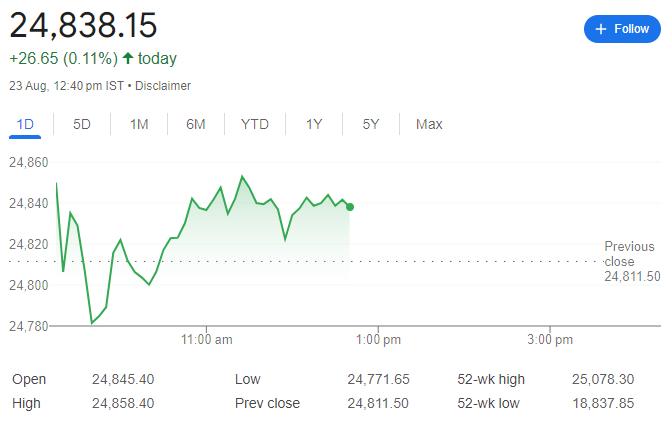
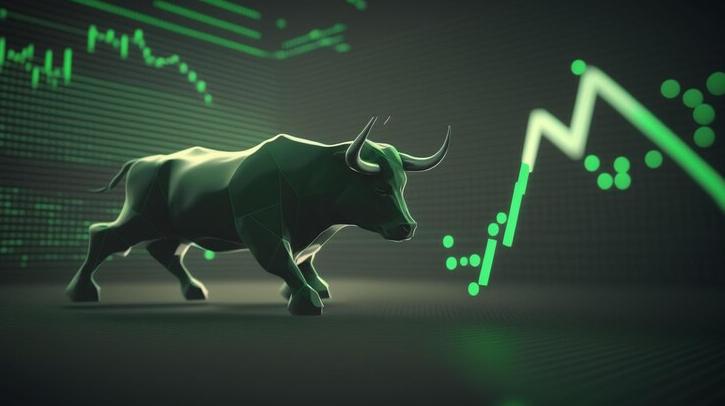
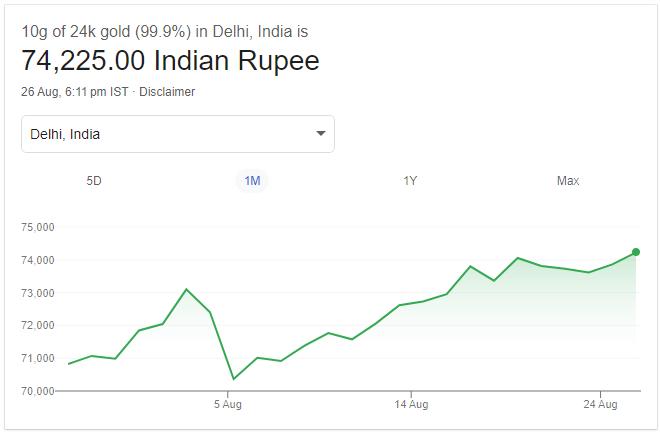
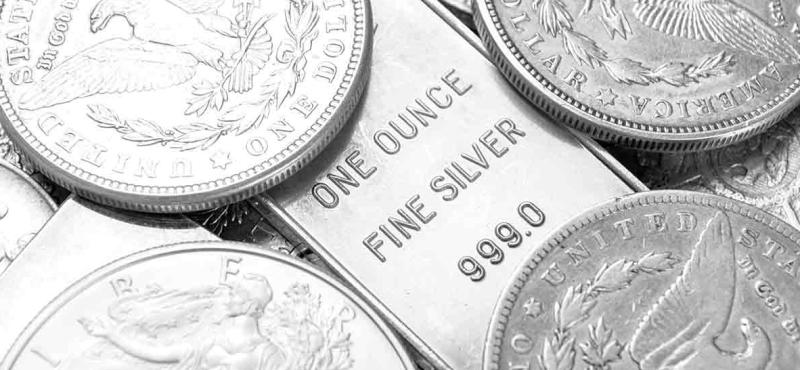
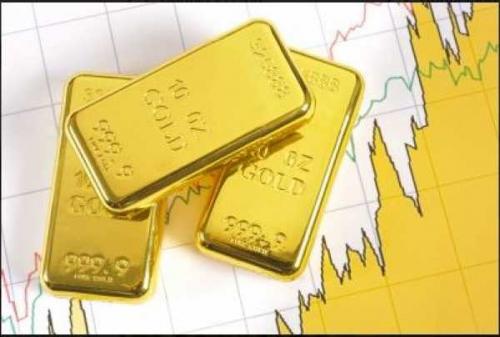
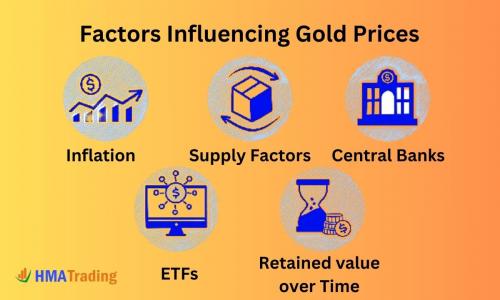
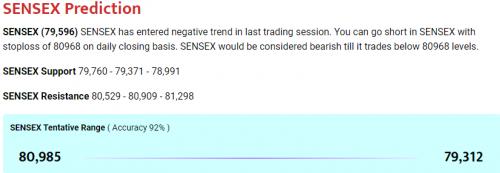
Comments